Inherited Runners – The Next WAR Factor
CRACK! As Houston Astros catcher Evan Gattis’s line drive landed down the left field line, it brought both Andrew Cashner’s season and the Texas Rangers’ playoff hopes to their final games. The hit gave the Astros an 8-2 lead and they went on to win the game. The runners Cashner had left on first and second had come around to score, leaving him with eight runs allowed in three and two thirds innings pitched.
In many ways, the 2017 season was all that Cashner could’ve hoped for it to be. After back to back dismal seasons with the Padres and the Marlins, his career was in desperate need of revival. The Rangers took a chance on the struggling pitcher signing him to a one year, ten million dollar contract. The risk was well worth it as Cashner ended up with an 11-11 record and a 3.40 ERA in 166.2 innings.

As much as he had to be thankful for, he also had every right to complain. 12 of his 75 runs allowed were unearned due to subpar defense, he played in a hitter-friendly ballpark (thus inflating his ERA), and he faced tough offenses all year (he had the highest RA9opp among qualified pitchers). Fortunately, WAR takes all this into account and neutralizes them, hence his career high WAR of 4.3.
Unfortunately for Cashner, something WAR does not take into account is inherited runners. In 28 starts, he left 18 runners on base for the bullpen to deal with. On average, 7.34 of those runners would score; The Ranger’s bullpen let 12 score. Those 4.66 runs above expected were not charged to the relievers who allowed them to score, but to Cashner.
After Gattis’s double, Paolo Espino got Astros third baseman Alex Bregman to hit a pop fly to the first baseman for the final out of the inning. The eight run inning was over, all runs charged to Cashner. While he did not pitch particularly well, the cards were stacked against him. His defense made two errors on plays that could’ve limited the damage leading to seven unearned runs. His reliever needed just one out to escape the scenario but was incapable of doing so. All of this against the best offense in the league at the time, the Houston Astros.
Based on Baseball Prospectus’ 2017 Run Expectancy Matrix (and adjusted for ballpark), the runners Cashner left on first and second with two outs would, on average, result in .35 runs. In a world where blame was properly distributed among pitchers, Cashner would be charged 0.35 runs and Espino would be charged 1.65. This system would properly hold pitchers accountable for the runners they leave on base while punishing/rewarding the relievers based on how they handle said runners.
Using this ‘proper blame’ system for inherited/uninherited runners would have a significant impact on WAR for pitchers. Among qualified pitchers, 44 out of 58 (75.9%) would see a RAA change of ±0.5 or more. In terms of average absolute value change in the RAA (among players with qualified playing time), incorporating inherited/uninherited runners would have a larger average effect than Rdp (the current smallest factor in WAR).
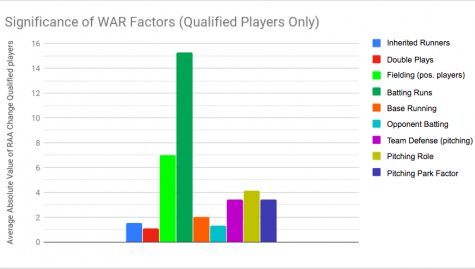
As much as the graph above verifies inherited runners as a worthy factor, it perhaps is understating its true value. With most WAR factors, the effect increases as playing time increases because the difference between a player’s skill level and the league average is being multiplied. However, the inherited runners factor could affect relievers (despite pitching fewer innings than starters) more profoundly. Although I primarily stuck to testing qualified pitchers, I did test a handful of relief pitchers who were particularly effective or ineffective in preventing inherited runners from scoring. The two extremes in the sample set were Heath Hembree and Yusmeiro Petit.
Yusmeiro Petit was a perfect 20 for 20 in stranding inherited runners, saving his team 6.46 expected runs by doing so. Furthermore, the Angels’ bullpen cost him 1.4 runs above expected by allowing five of his thirteen uninherited runners to score.
In contrast, Heath Hembree of the Red Sox allowed 22 of his 46 inherited runners to score, costing those pitchers preceding him an extra 6.98 runs. He also benefited from effective relief pitching behind him. Hembree was charged with 4.77 fewer runs than what would have been expected as just 5 of his 25 uninherited runs scored. While these examples represent the extremes, they show that this factor can significantly affect even pitchers with relatively less playing time (see chart below).
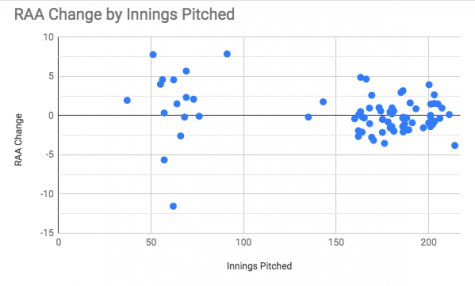
Baseball media has done a good job recently of recognizing that inherited runners is a key part of how relief pitchers should be evaluated. In an era of increased bullpen usage, it is more important than ever to tweak WAR to properly assess their value and how it affects the Andrew Cashner’s of the world.




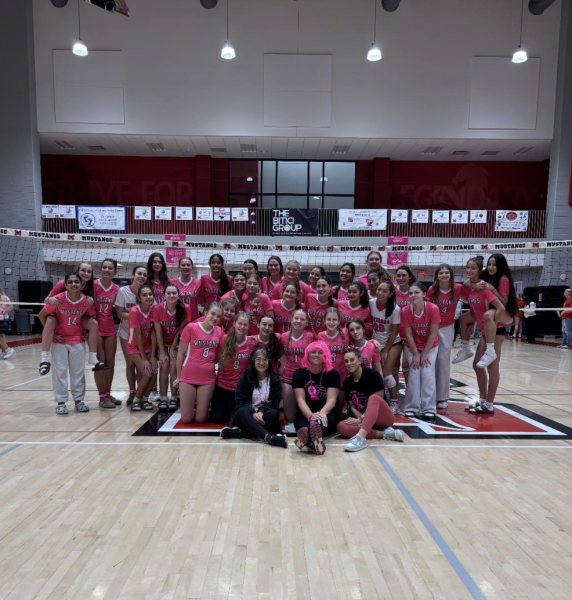
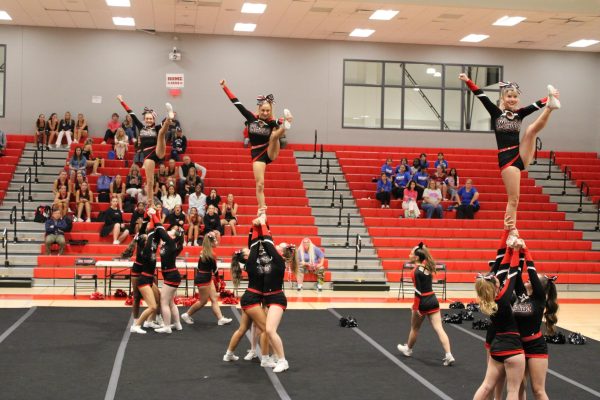
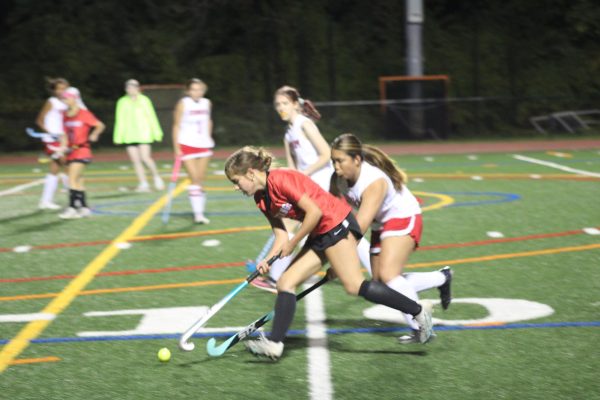
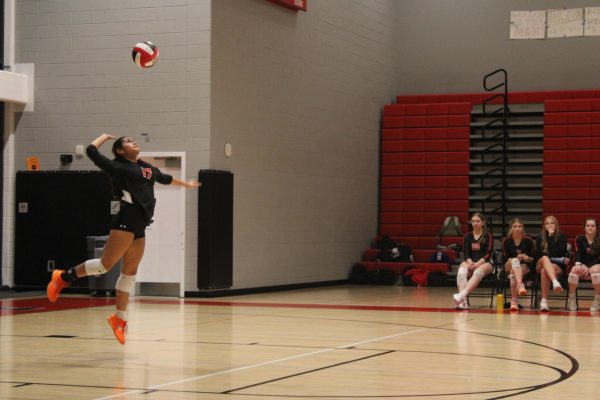
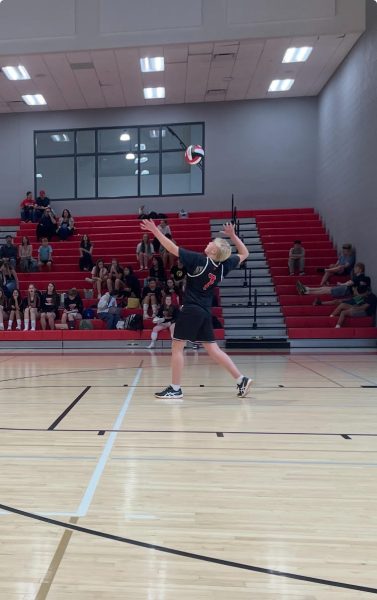





Paul • Sep 26, 2018 at 1:06 PM
Great analysis!